Photos: Pittsburgh then and now, from industry to reinvention
-
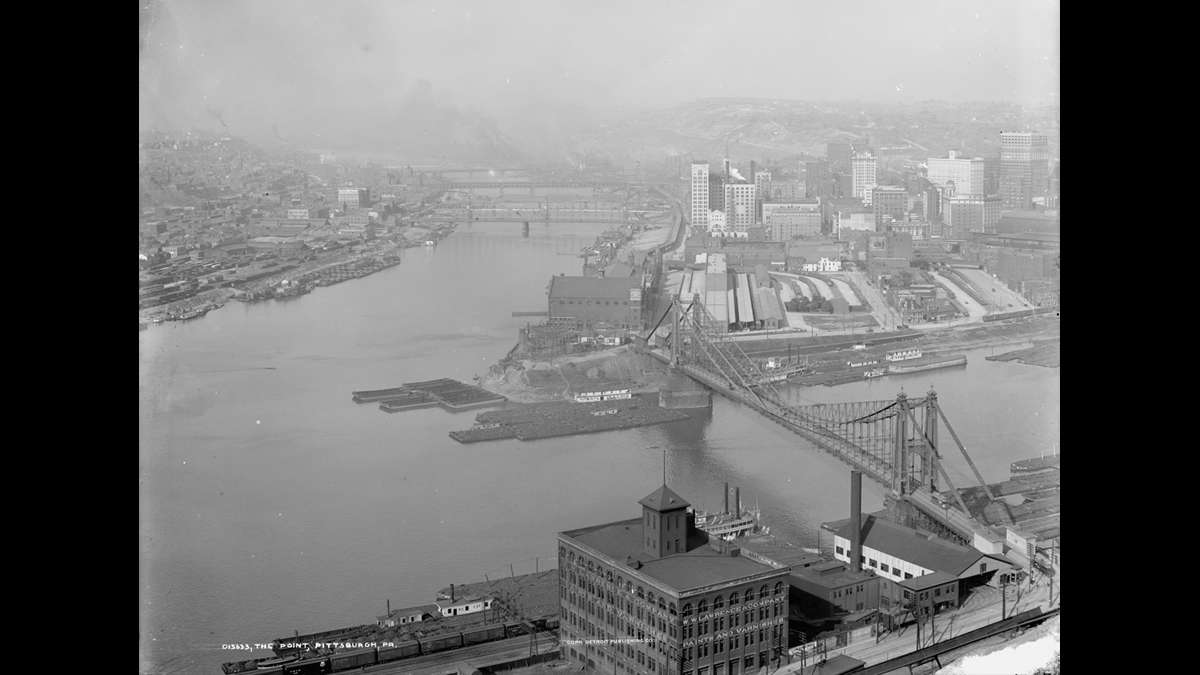
-
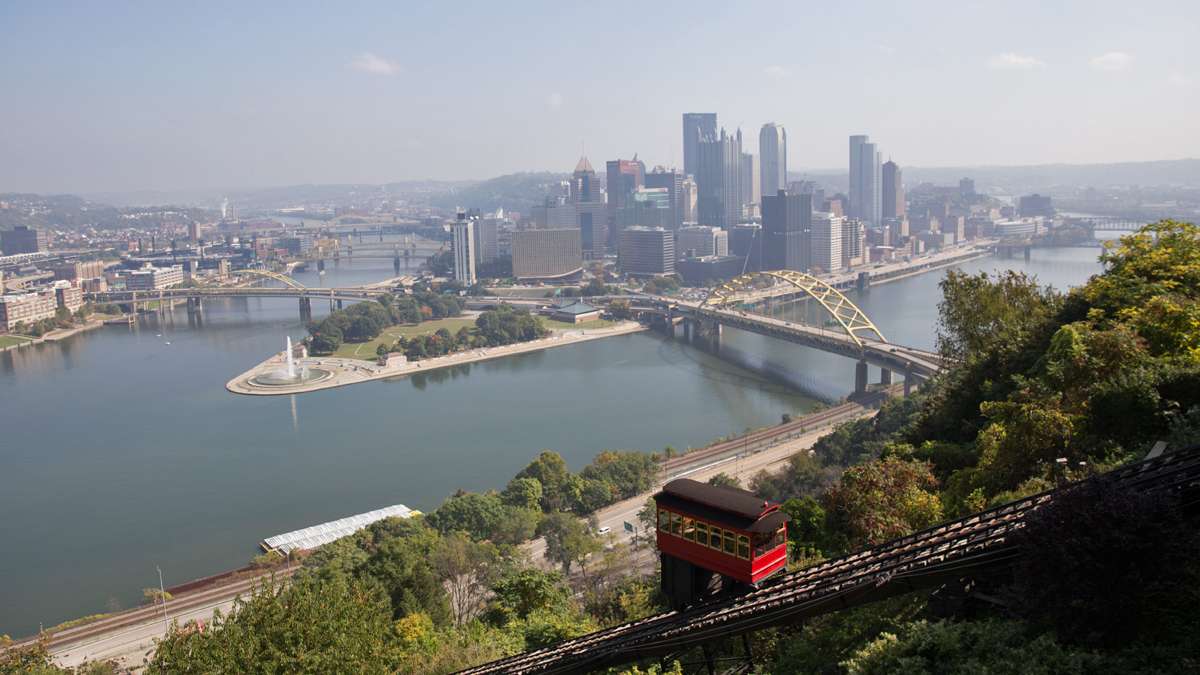
-

-
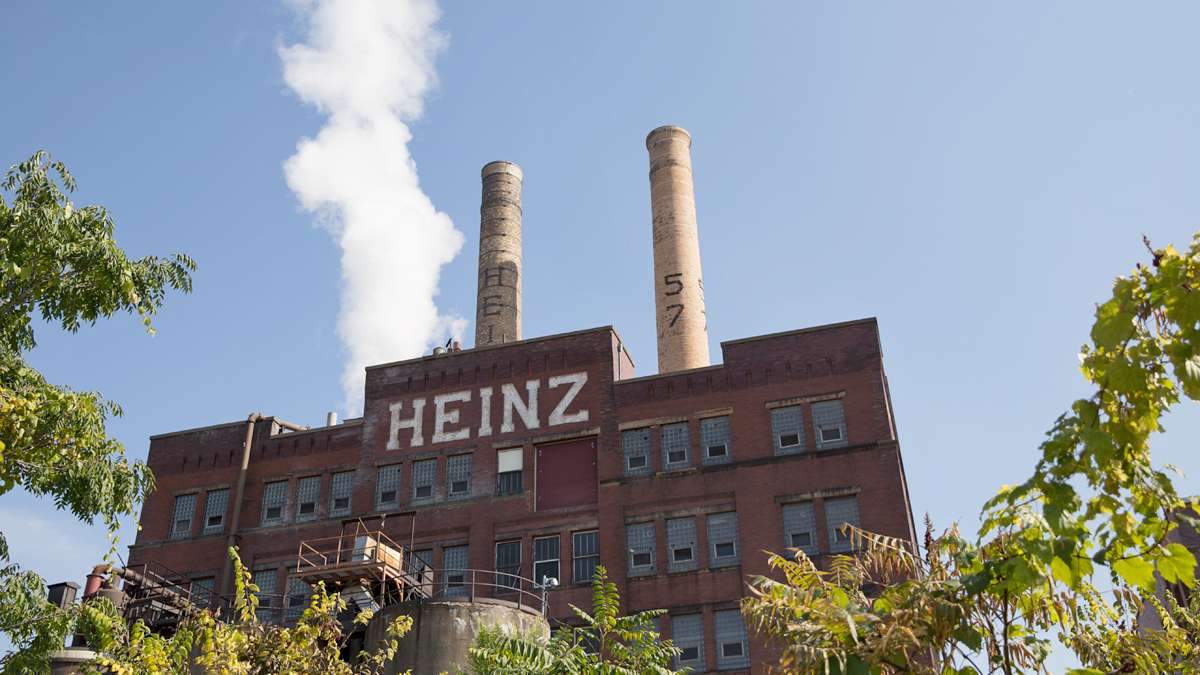
-
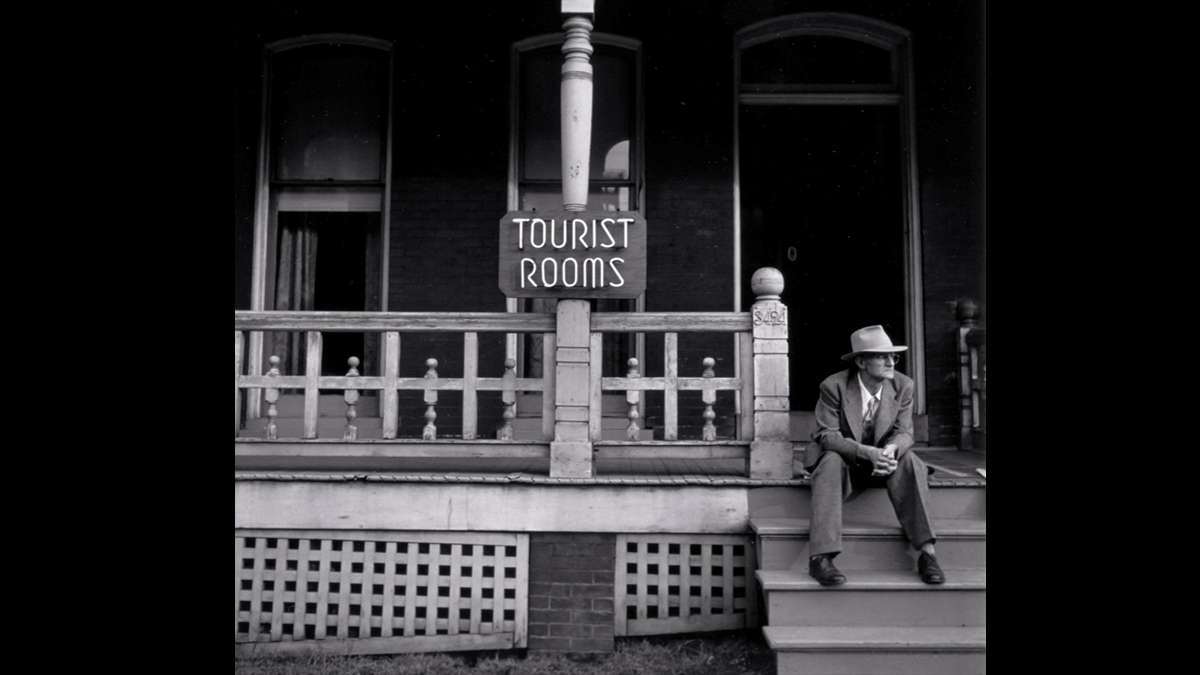
-
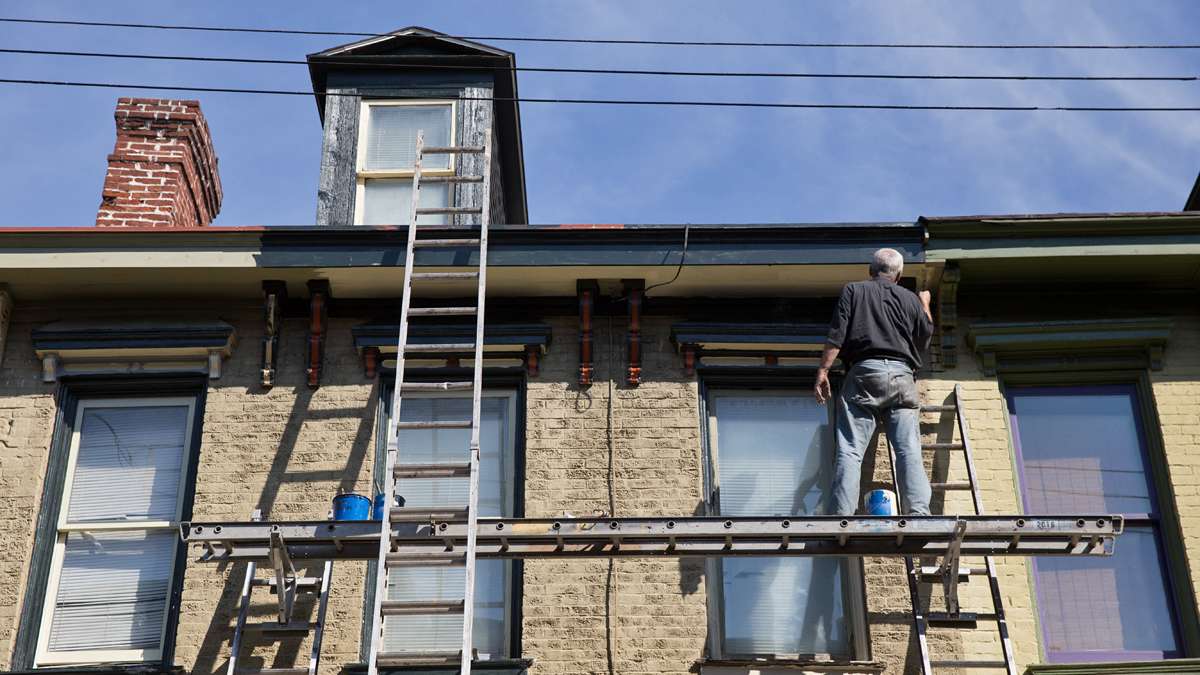
-

-
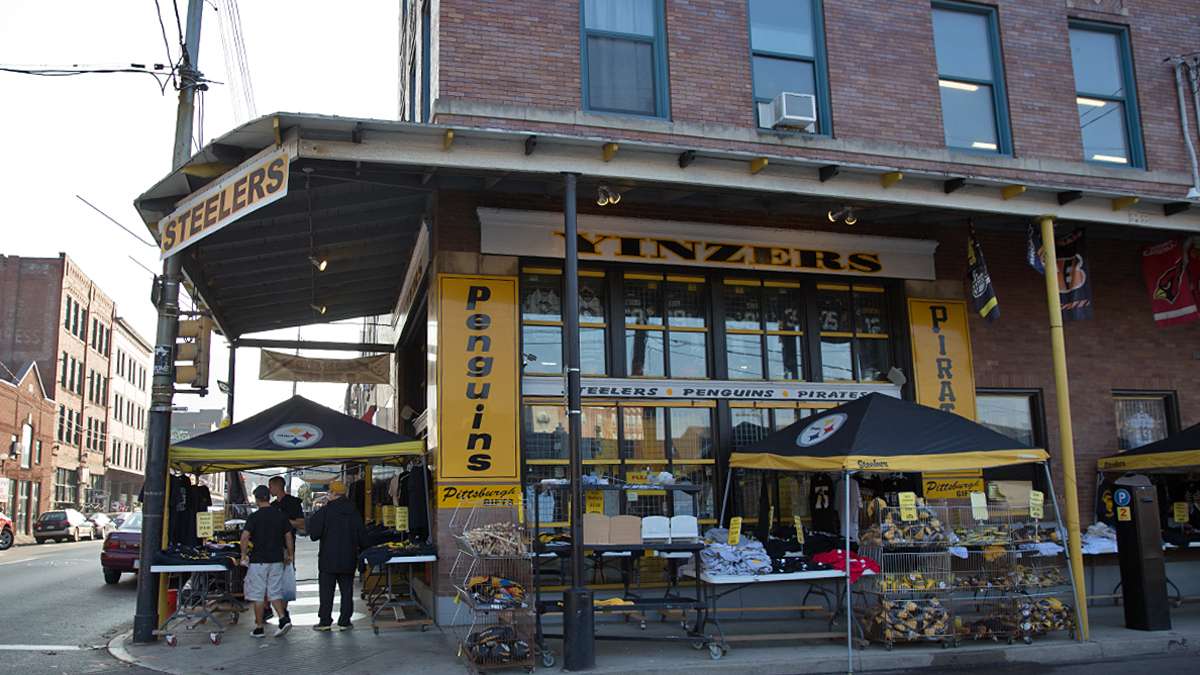
-
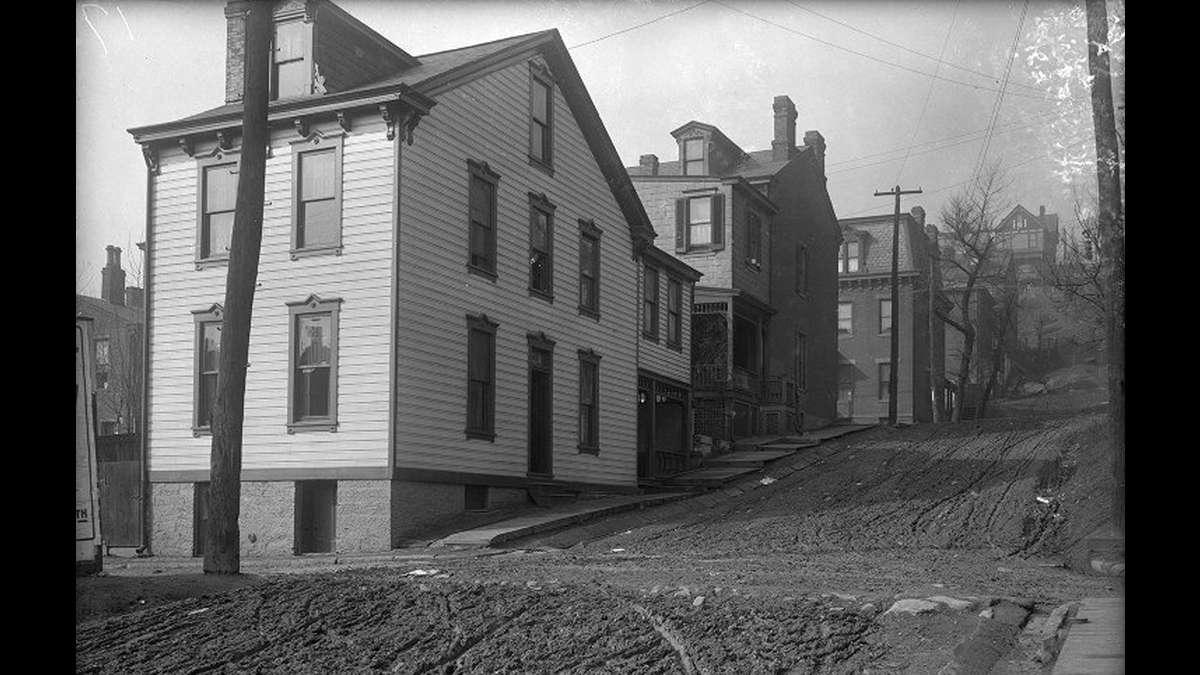
-
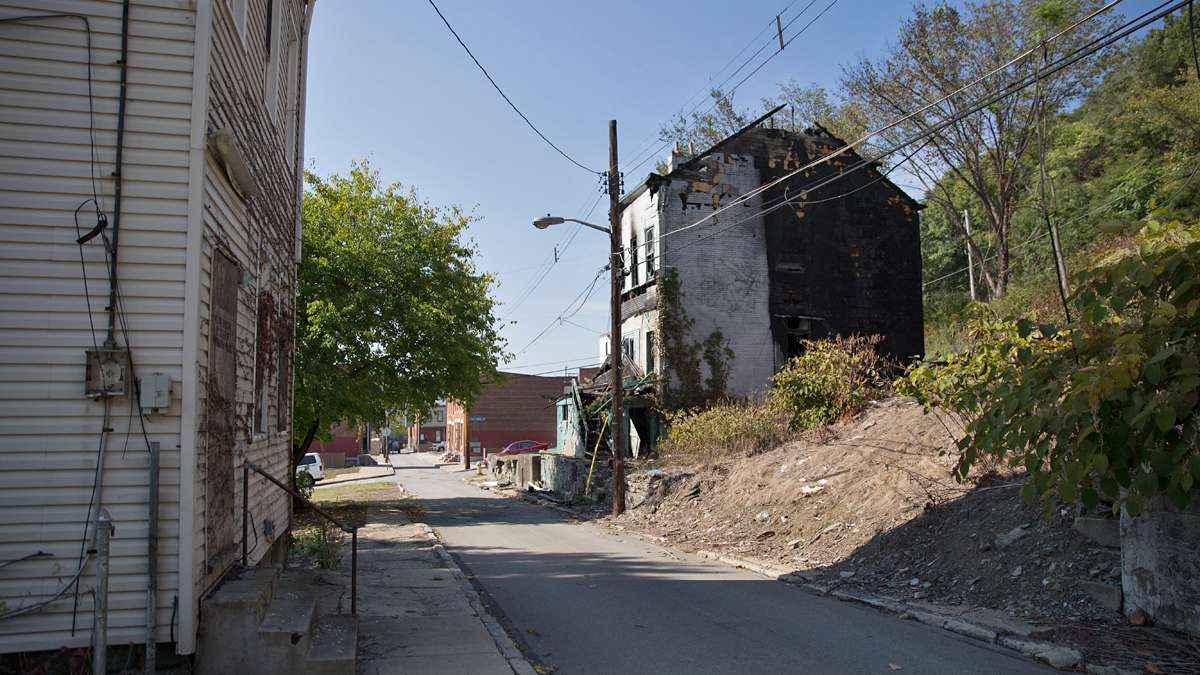
-
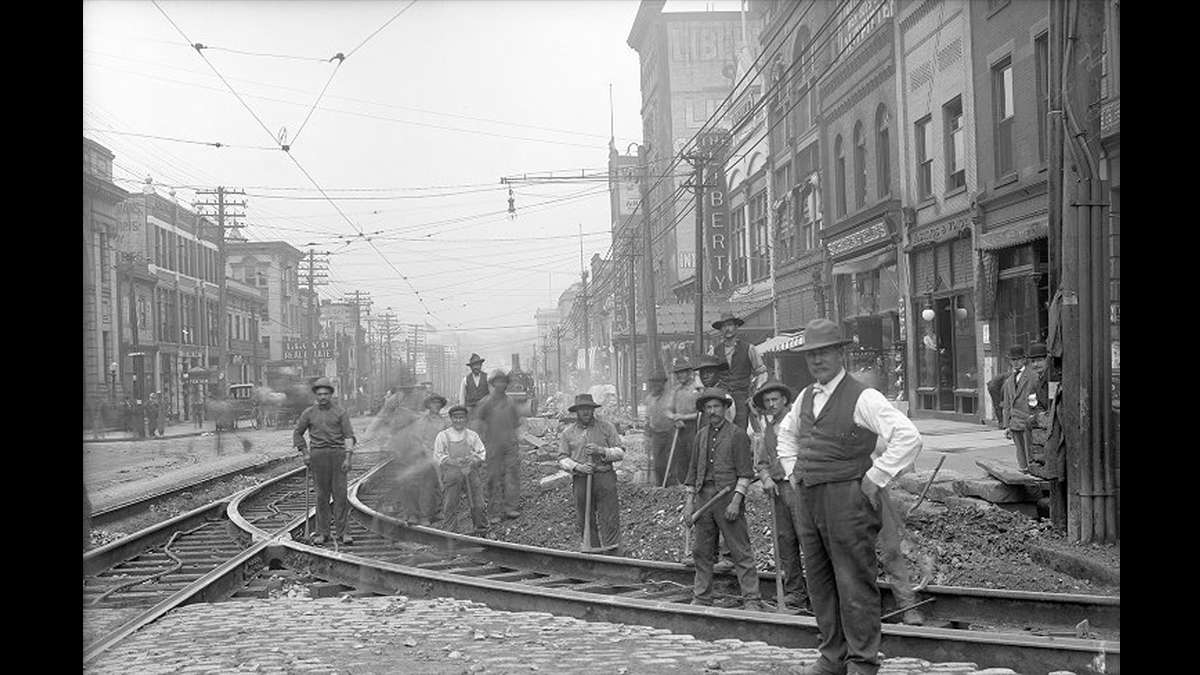
-
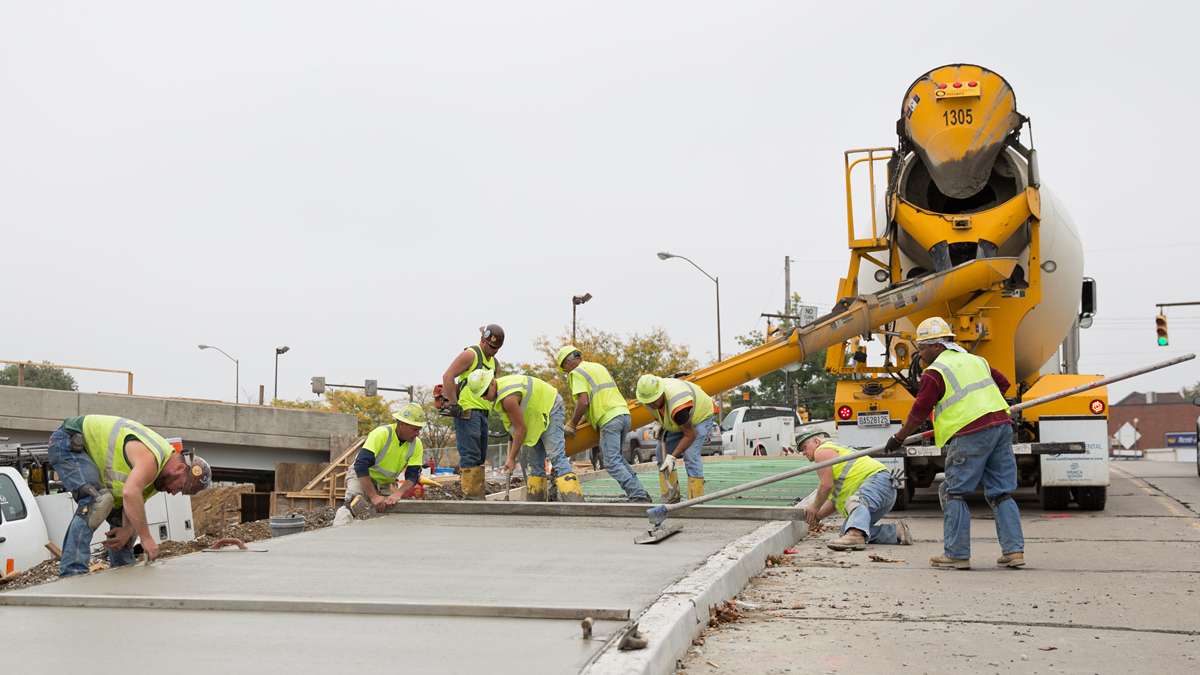
Crews work on new construction in the East Liberty neighborhood in Pittsburgh, a rapidly changing area. Early projects in such neighborhoods that may have trouble securing funding from big banks, could benefit from crowdfunding platforms like Small Change, says founder Eve Picker. (Lindsay Lazarski/WHYY)
-
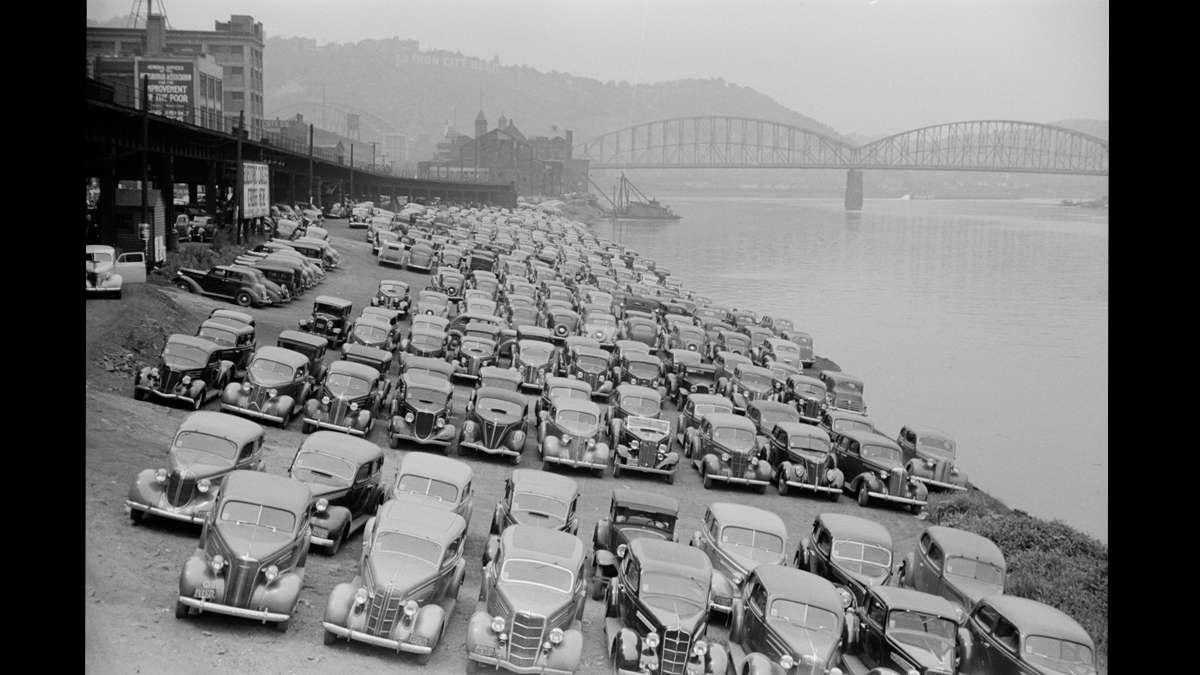
-
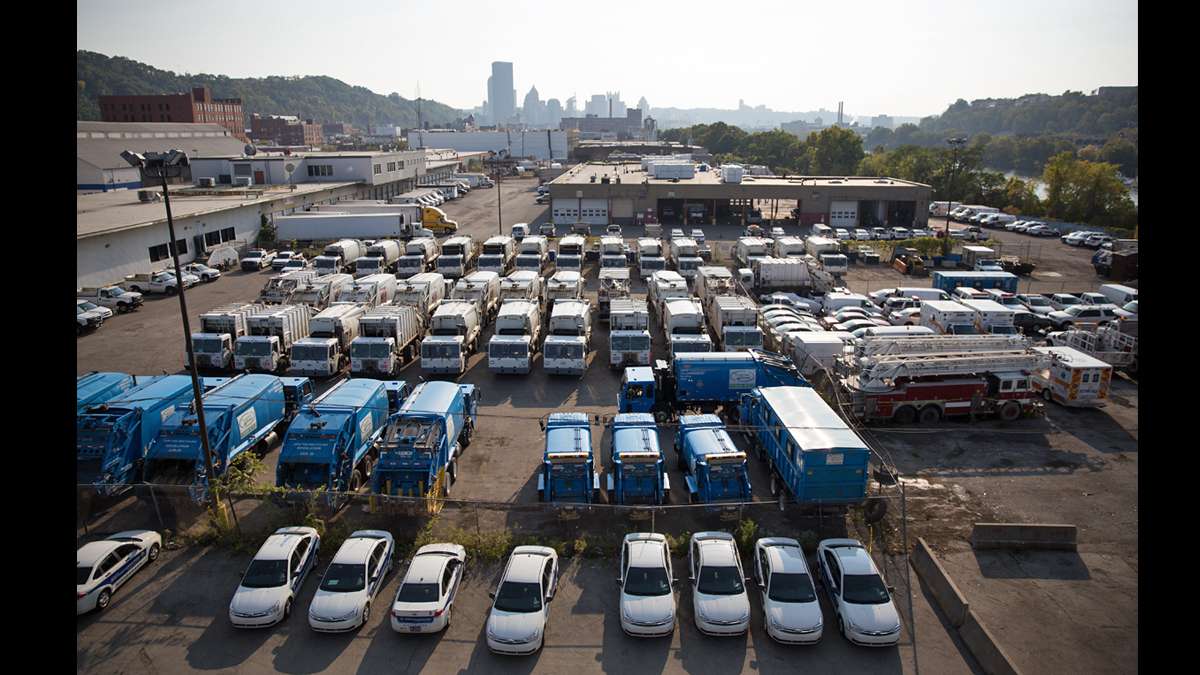
-
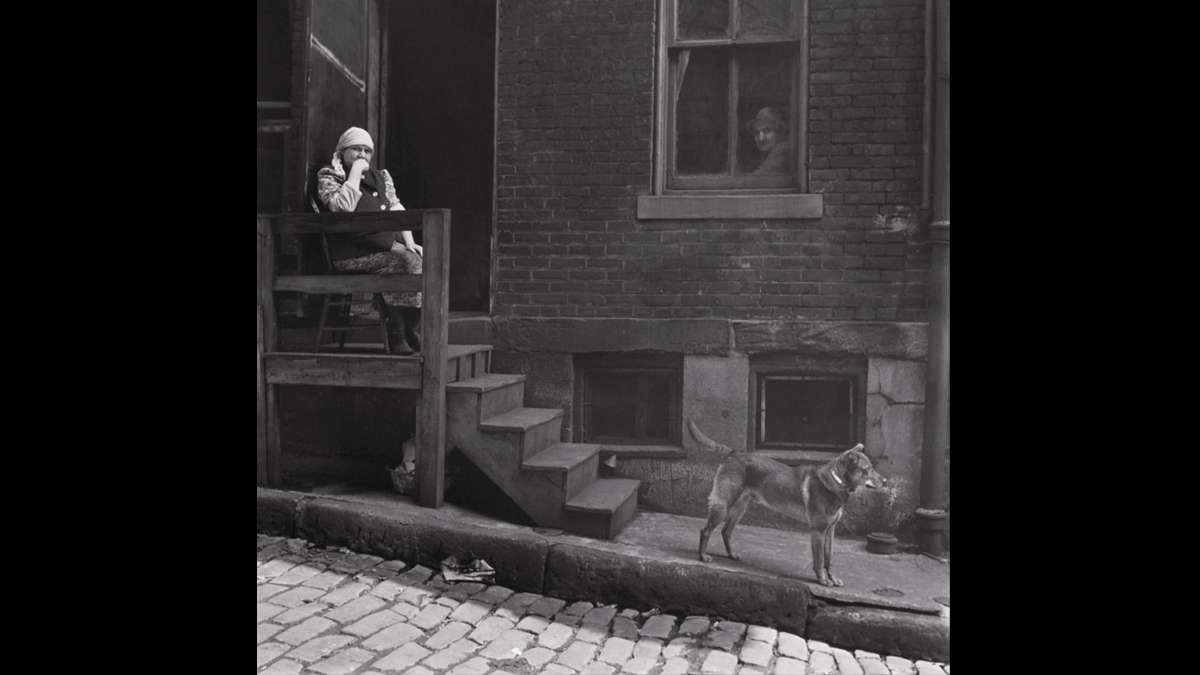
-

-

-
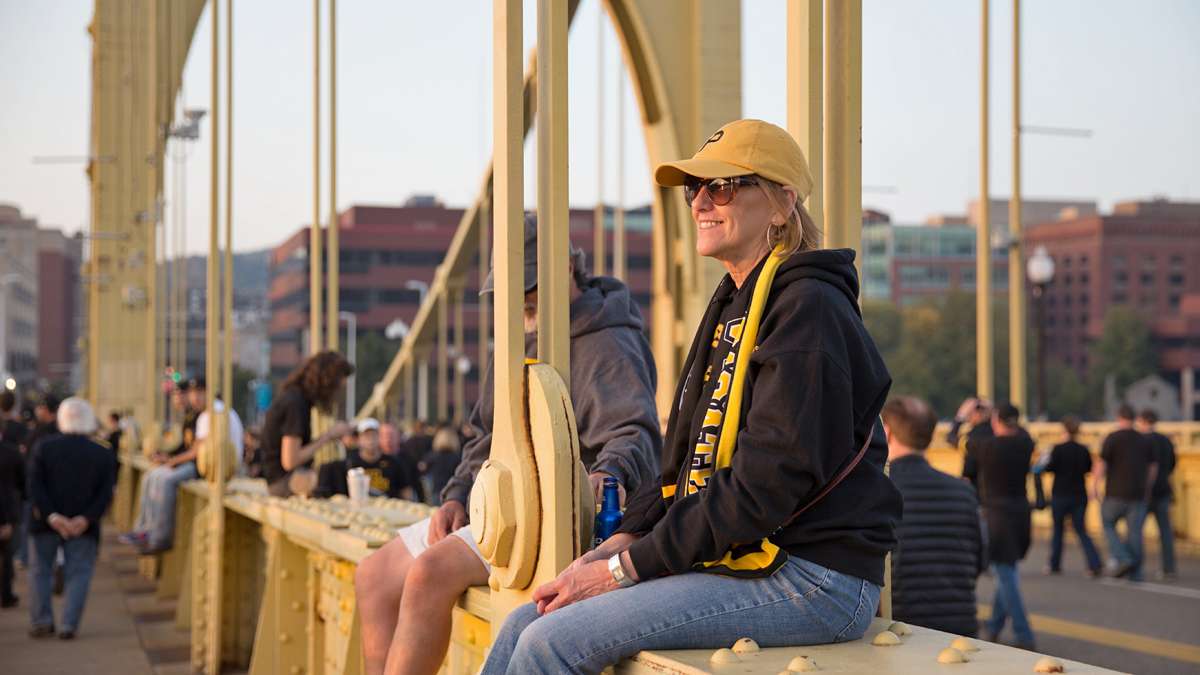
-
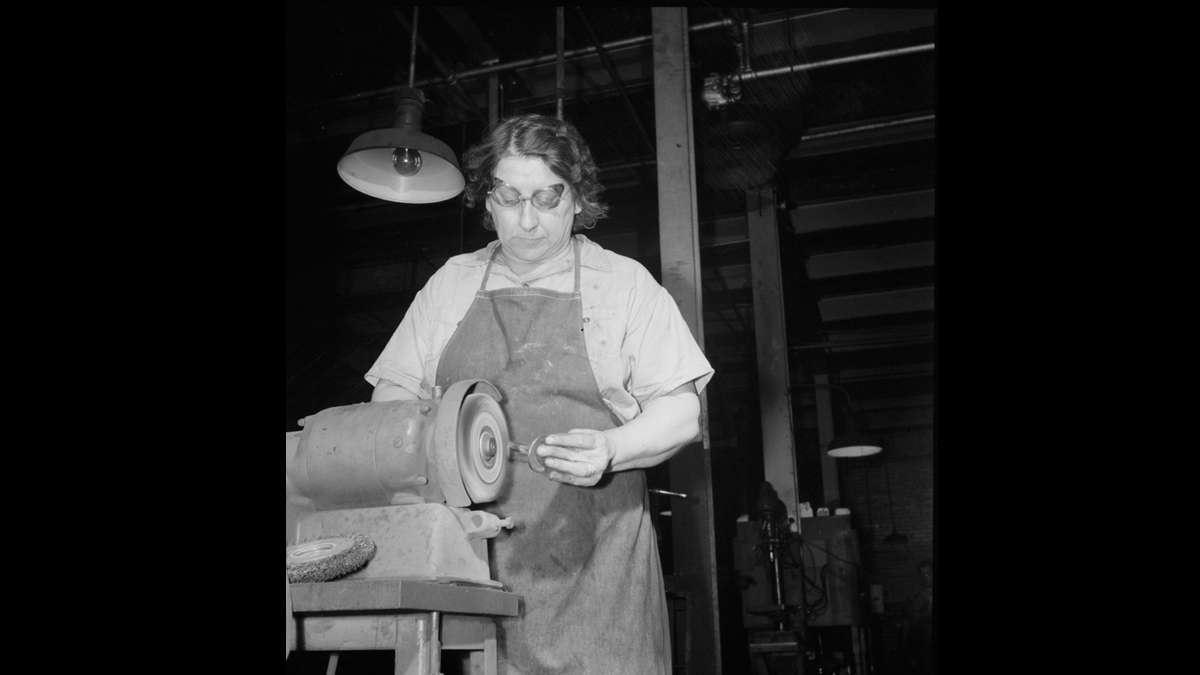
-
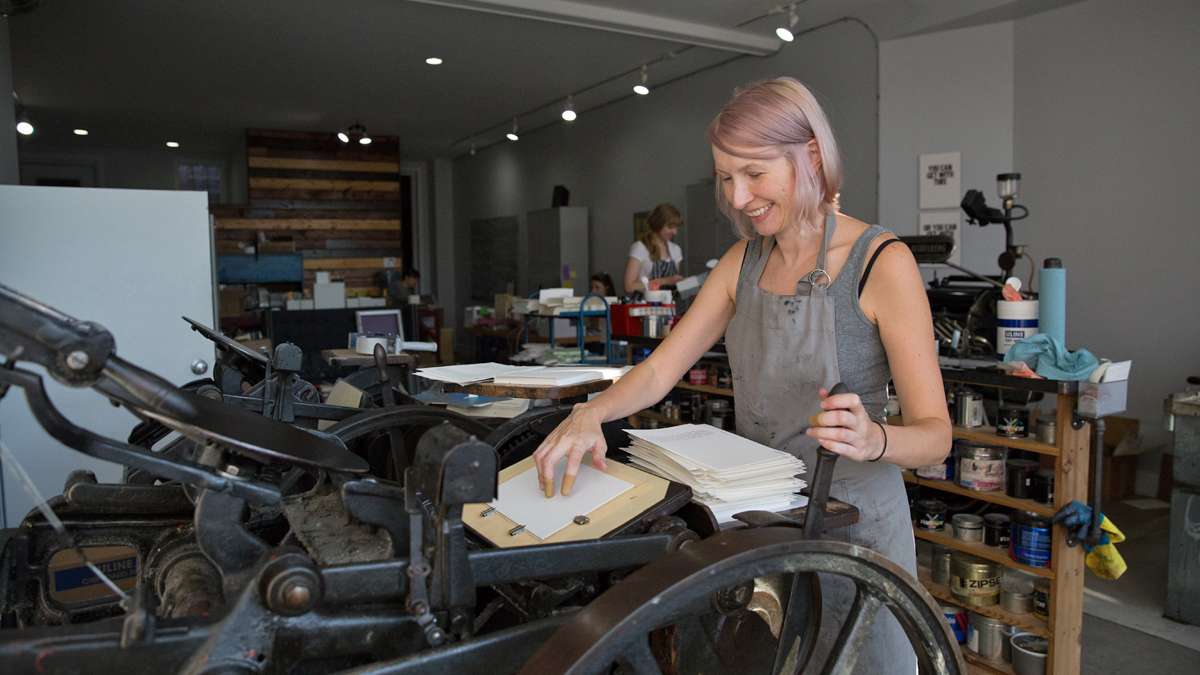
-
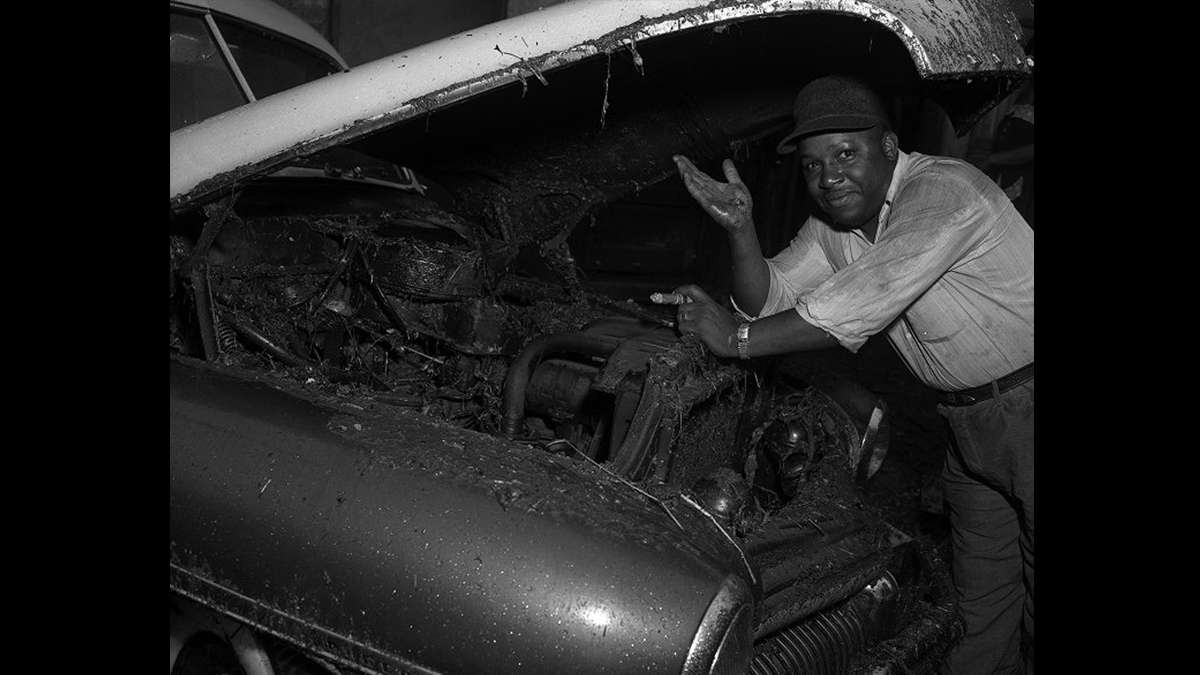
-

-
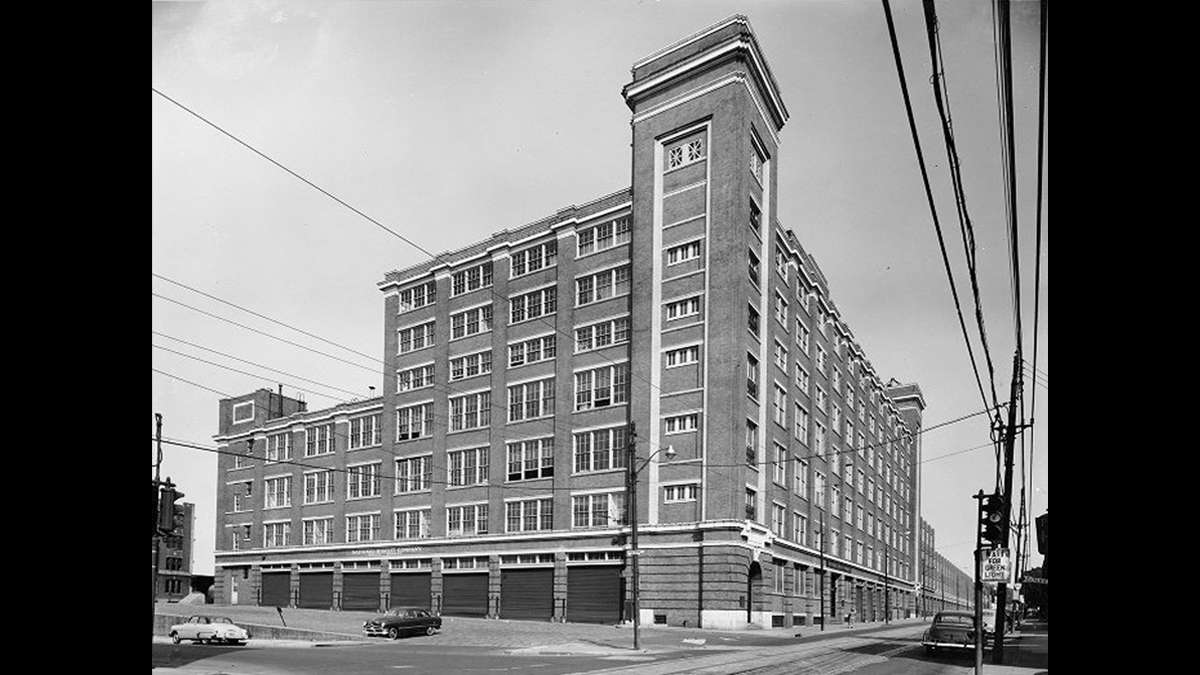
-
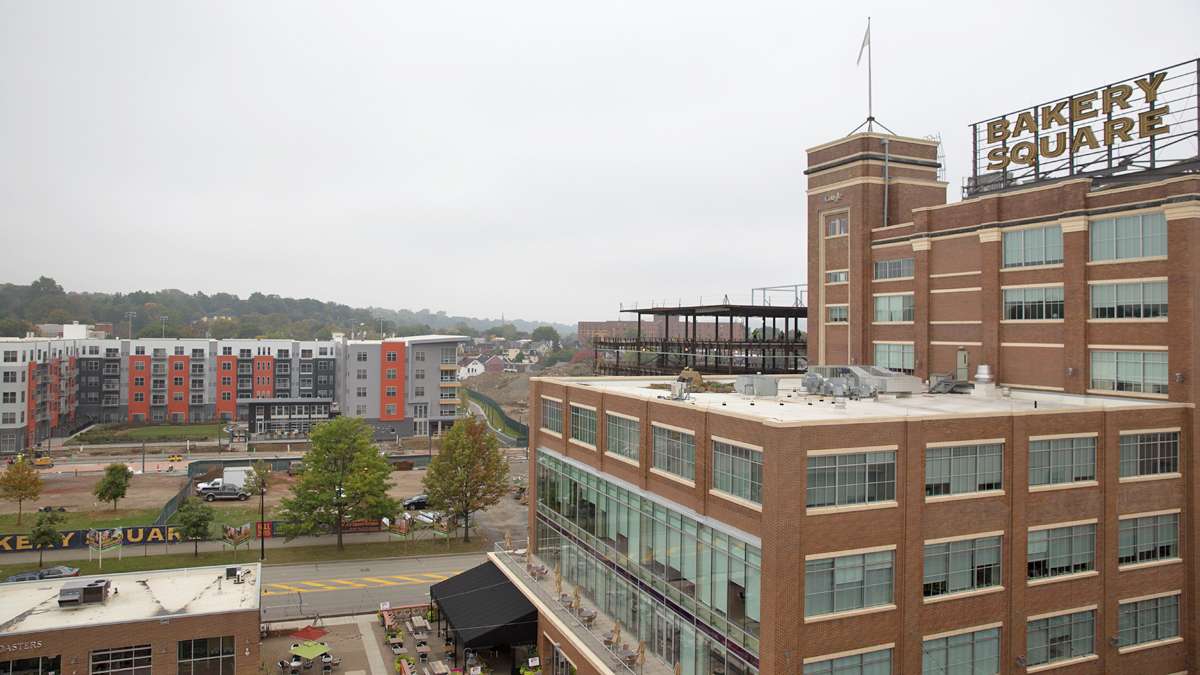
Google offices, luxury apartments, and upscale box stores now make up Bakery Square in the East Liberty neighborhood of Pittsburgh. Nabisco once operated there. (Lindsay Lazarski/WHYY)
-

-
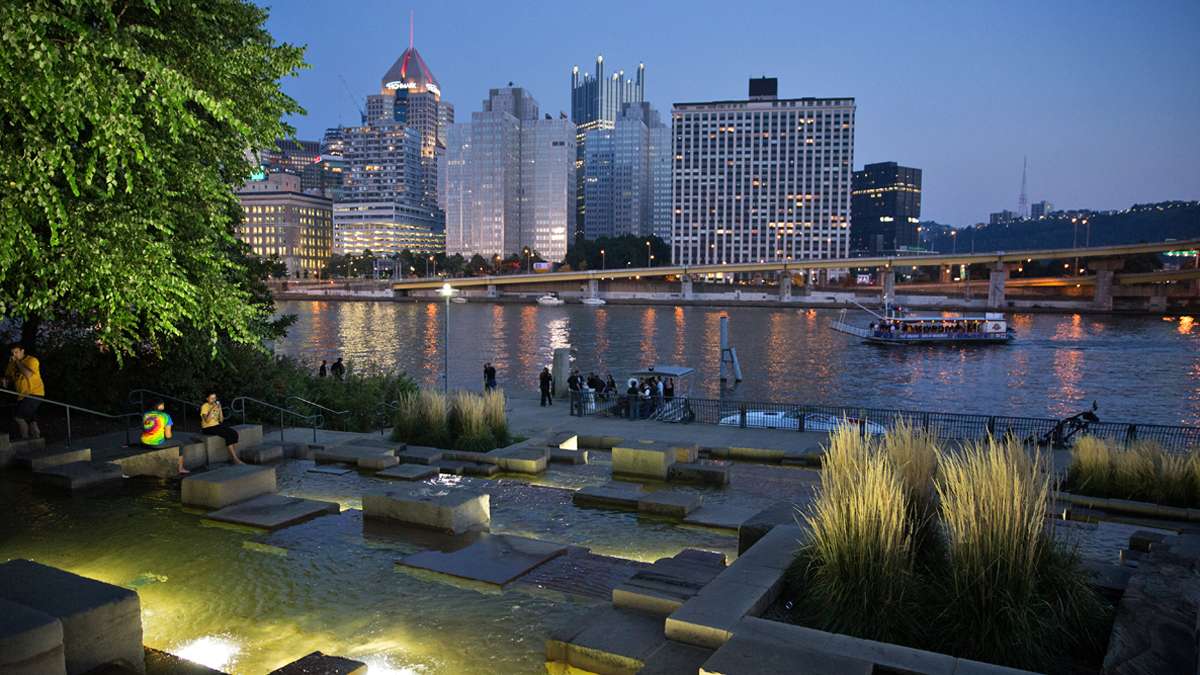
-

-
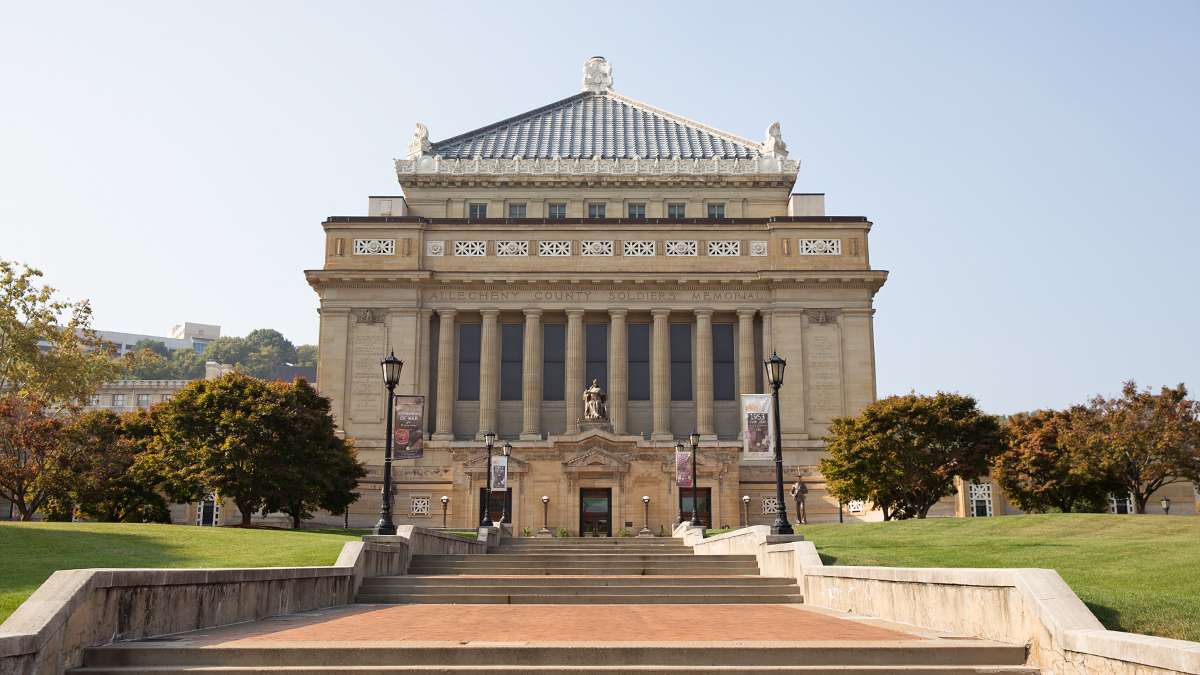
-
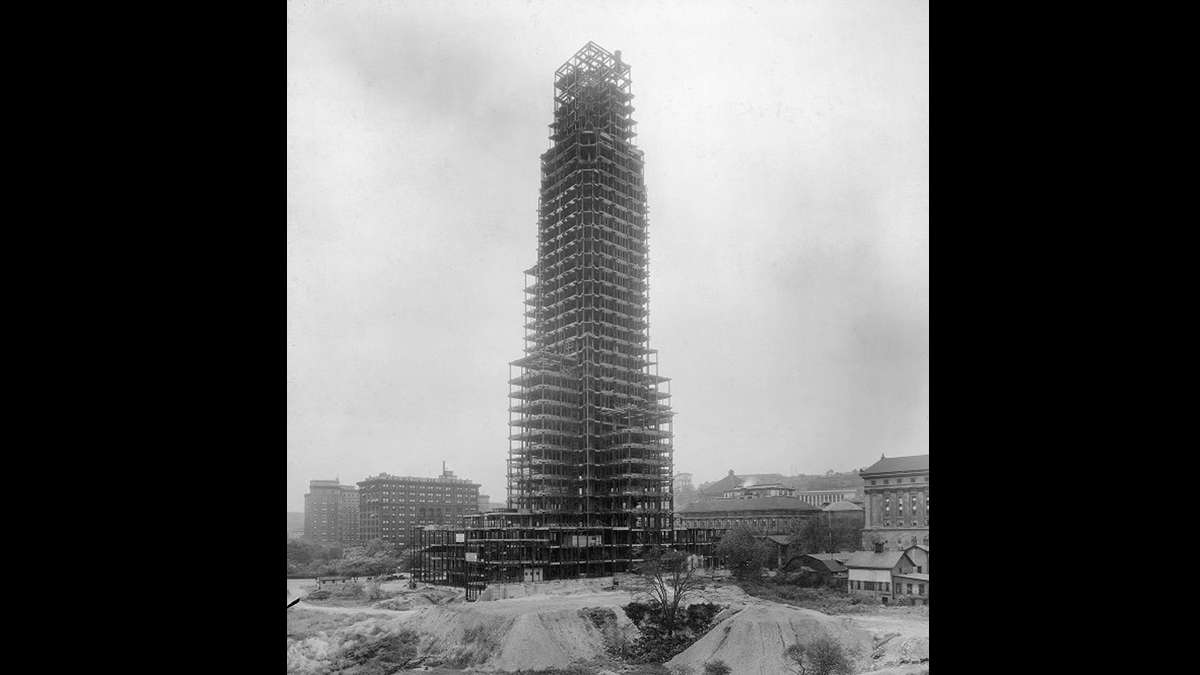
-

-
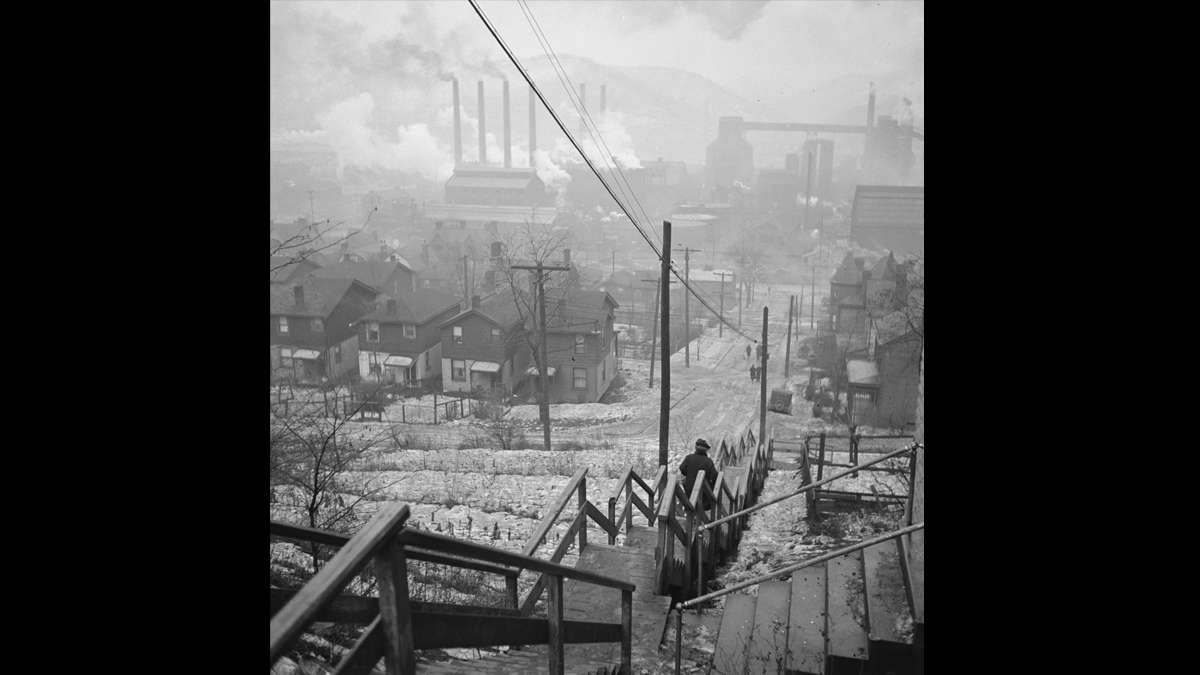
-
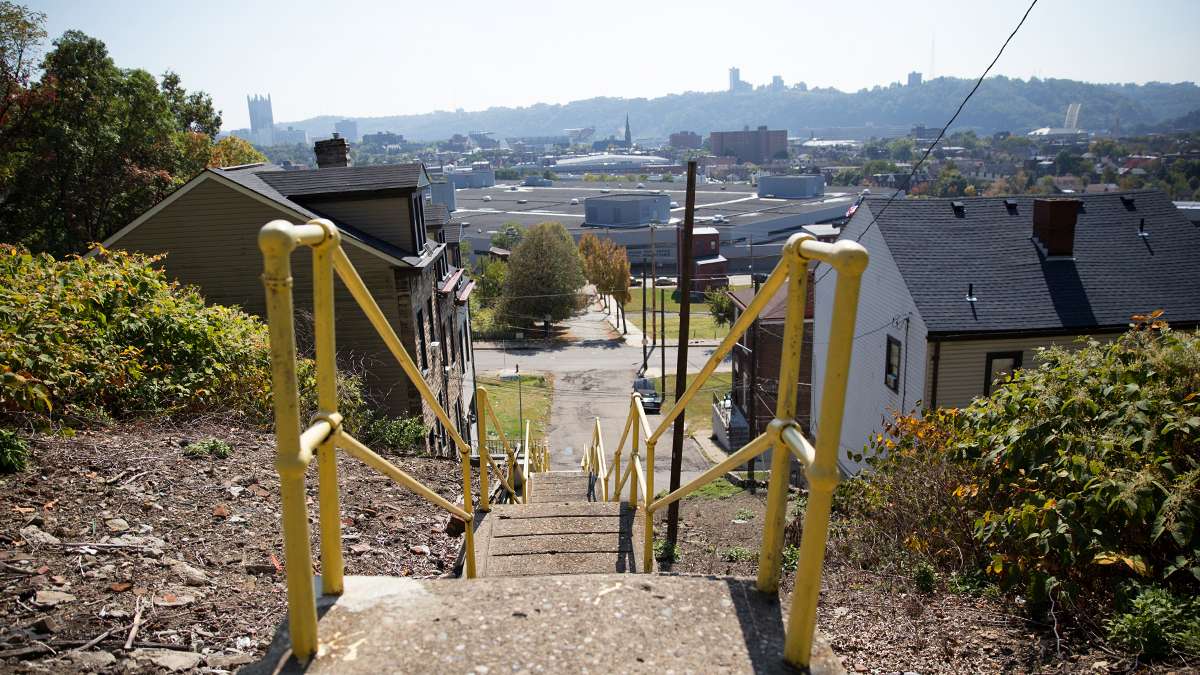
-
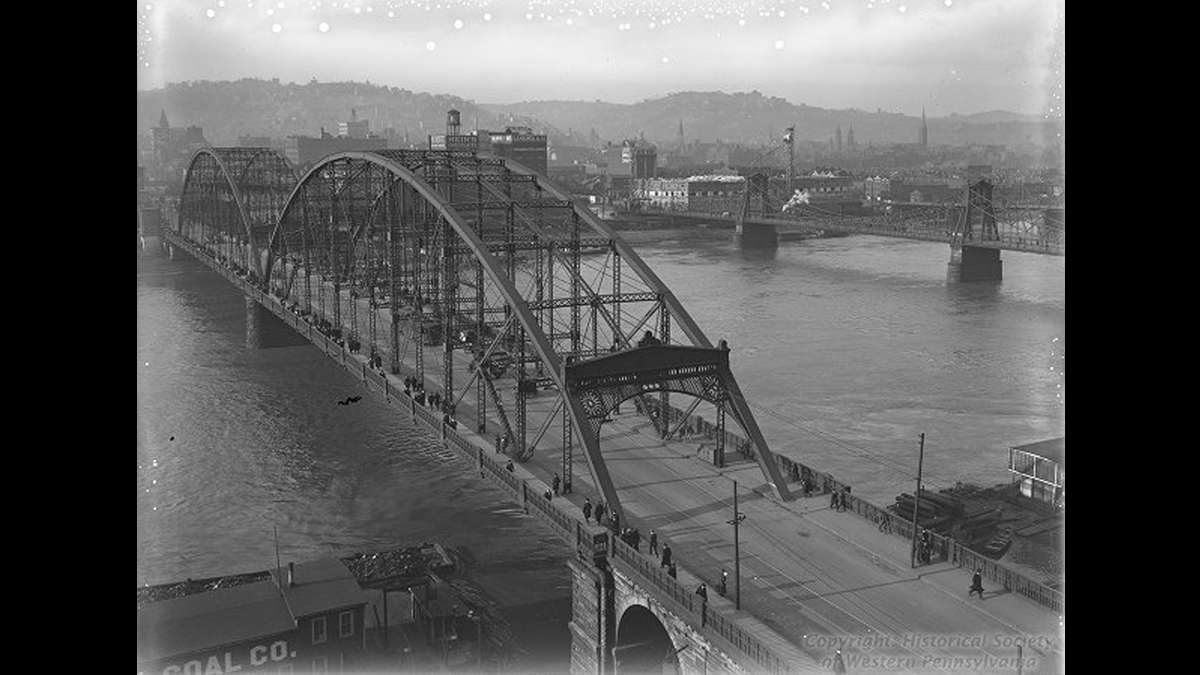
-
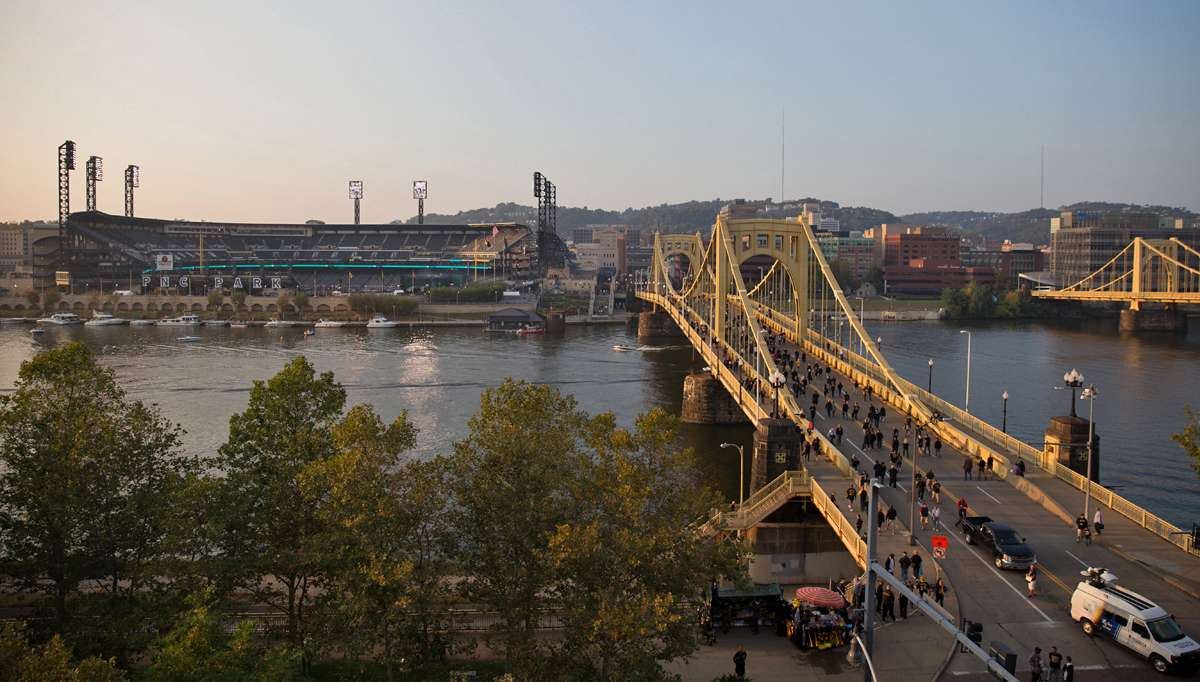
In Jack Delano’s black and white photograph, a man makes his way down a steep stairway in the winter toward a mill below. In the distance, smoke and steam billow from industrial stacks and obscure massive structures along the Allegheny River.
Then and Now is an ongoing photographic series from Keystone Crossroads, looking at historical images and photographs of today from Pennsylvania cities and towns.
In Jack Delano’s black and white photograph, a man makes his way down a steep stairway in the winter toward a mill below. In the distance, smoke and steam billow from industrial stacks and obscure massive structures along the Allegheny River.
The iconic image shows Pittsburgh in 1940, on the verge of a production boom to supply steel, weaponry, and machinery for the U.S. Army and Allied forces in World War II.
The days of the city’s Golden Age, when industrialists made their fortunes and the city produced more than 60 percent to the nation’s steel fueling the tracks, bridges and tunnels of the railroads had long passed. But heavy industry had weathered the Great Depression, provided good jobs and the population of Pittsburgh peaked to nearly 700,000 people in 1930.
Decades later foreign competition, deindustrialization, outdated manufacturing technologies, and union battles lead to the decline of “Steel City.”
By the late 1970s through the 1980s, the collapse of the steel industry began to take its toll on the region and along with it —133,000 manufacturing jobs and more than half of the population.
Today, industrial giants of the past like Carnegie, Westinghouse, Frick and Heinz are seen in the names of foundations and in the names of cultural and educational institutions.
The city celebrates its history, but has moved on to reinvent itself and diversify its economy with a growing tech industry — including Google and numerous startups, investments through research universities and hospitals, and redevelopment in aging neighborhoods.
Archival images courtesy of the University Of Pittsburgh, Carnegie Museum of Art, Library of Congress, and the Thomas and Katherine Detre Library and Archives at the Heinz History Center.
WHYY is your source for fact-based, in-depth journalism and information. As a nonprofit organization, we rely on financial support from readers like you. Please give today.


